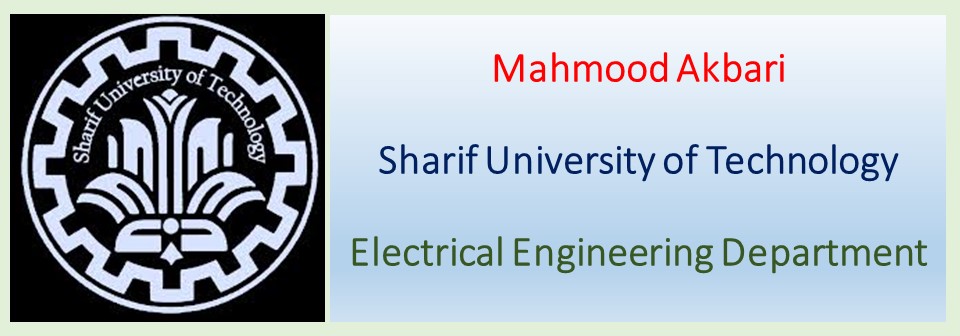


Available Research Topics
-
Nonlinear Optics in Photonic CrystalsPhotonic Crystals (PhCs) are artificially created periodic structures used in photonics which ensemble the atomic structure for electrons. Slow light propagation in PhCs provides a great opportunity for enhancement of nonlinear modulation of light. This feature of PhCs is a promising approach for all-optical processing of light. The key interest of the group in this area is to enhance the previously developed numerical techniques to analyze rather realistic nonlinear wave propagation in PhCs.
-
Hybrid Simulation Method for Optical ResonatorsOptical micro-resonators have demonstrated great promise as fundamental building blocks for a variety of applications in photonics. Recent advances in materials technology and nano-fabrication techniques have led to the utilization of non-linear optical properties in different optical resonators. In turn this has increased the need for a coupled quantum mechanical and electromagnetic model to accurately simulate the dynamics of these novel structures. Numerical simulations provide a framework for quick and low cost feasibility studies and allow for design optimization before devices are fabricated, furthermore accurate simulations can provide a detailed understanding of the complex physical phenomena inherent in optical micro-cavities. Combining finite difference time domain with rate equations for gain media is met in the literature to some extents, but the treatments demands more accurate attention specially in modeling optical noise phenomenon. This is quiet important in ultra-low energy processes occurring in optical resonators. We here seek a hybrid method for fast and accurate modeling of optical micro-resonator based devices both on silicon and photonic crystal structures. The method that could be a combination of modal transmission method, beam propagation method and FDTD would be coupled to the quantum mechanical equations to model different nonlinear phenomena.
-
Antenna Design and FabricationAntenna Design and fabrication is a long standing need for military and civil communication systems. Different antenna structures are designed, optimized and fabricated in our group. These are in different frequency bands (from HF to Ku) for versatile application (from HFSWR radars to onboard antennas). We are now working toward novel algorithms for mutual cancellation for adaptive null-steering antenna arrays.
-
Radar Cross Section Computation for Very Large BodiesAll radar applications need reasonable predictions of the target backscattering. Such electromagnetic predictions are quite challenging for large and complex objects. We have been recently applying Physical optics approximation in line with physical theory of diffraction and geometrical optics on general curved surfaces. The ability to deal with curved surfaces (represented by non-uniform B-Splines) provides an unprecedented decrease in computational costs for very large targets.
- Microwave Modeling of Photonic Crystals
- Linear and Nonlinear Optical Properties for Metallic Photonic Crystals
- Theory of Near Field and Quantum Optics Close to Photonic Crystal Structure
- Hollow-core Photonic Crystal Fiber
- Voltage-tunable Terahertz Detectors
- Tunable Antenna-coupled Intersubband Terahertz Mixers